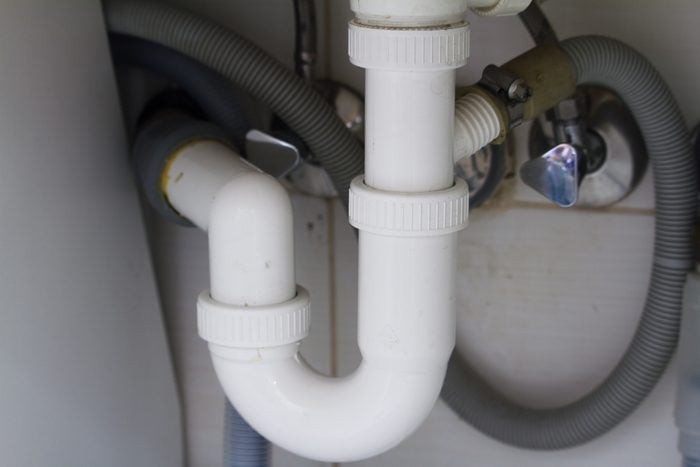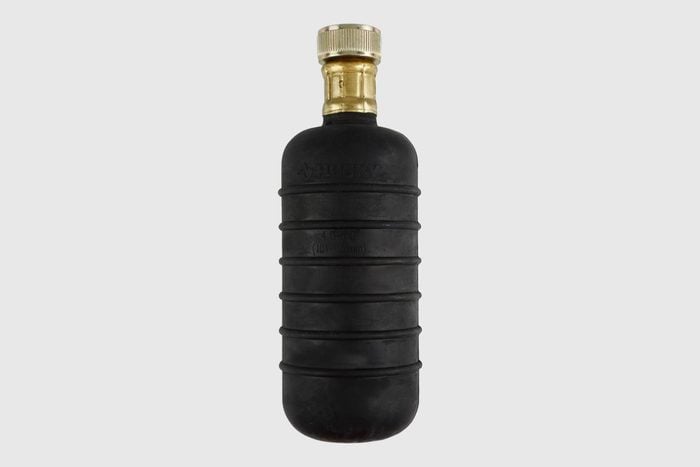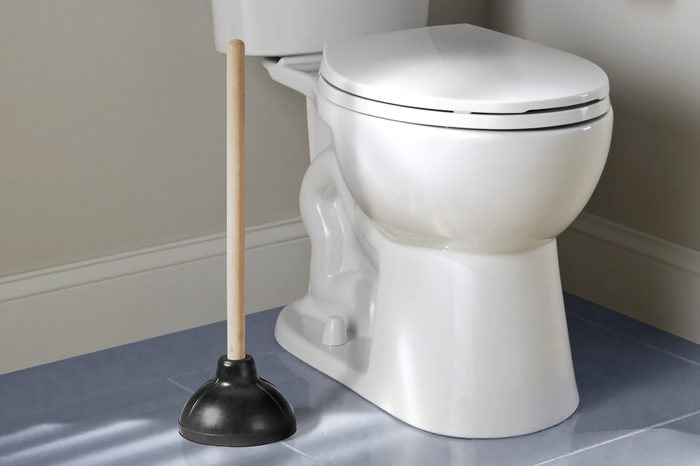Sanitary Tee
The fact that there’s such a thing as a sanitary tee may lead you to think there’s also such a thing as an unsanitary one. There isn’t. The terminology reflects the fact that a sanitary tee, or santee for short, is used only in waste lines, where sanitation is of prime importance.
Tees, plumbing fittings shaped like the letter “T,” are used, among other things, to tie a new pipe somewhere into the middle of an existing one. Tees used for pressurized water lines have a straight inlet port (the base of the “T”).
Waste lines aren’t pressurized, so the inlet port of a sanitary tee has a slight curve (sweep) in the direction of flow. Its purpose is to keep water going in the direction it’s supposed to go and prevent contamination upstream of the connection point.
Cheater Valve
Sometimes plumbers have to cheat to avoid a lot of extra work. When they use cheater valves, it’s usually because there is no easy way to vent a fixture drain. This situation can arise when installing island sinks or sinks in bathrooms far from the main vent stack.
A cheater valve is properly known as an air admittance valve (AAV) or a Studor valve after inventor Sture Ericson and his wife Doris (STUre + DORis = STUDOR). It’s a mechanical venting device that, when properly installed on a P-trap, opens to allow air into the pipe whenever water is flowing.
AAVs were introduced in North America in the late 20th century and plumbing authorities were slow to approve them. Most now do, but there are some holdouts, so it’s important to check local regulations before installing one.
Calvin Chan Wai Meng/Getty Images
Gray/Black Water
Water that pours from a faucet or into a toilet tank is usually clear. When it enters the drain, however, it assumes one of two new identities, gray or black water, and the difference between them is significant.
Gray water comes from sink, tub, and shower drains as well as dishwashers and washing machines. It’s often contaminated with soap, grease and other impurities, and you wouldn’t want to drink it. But you can use it to water your flower garden or lawn. Some eco-conscious homeowners have gray water collection systems for this purpose.
Black water comes from the toilet. It’s potentially loaded with dangerous pathogens and always flows into the sewer or septic system. It may ultimately be reclaimed after passing through a treatment plant or a septic drain field. But until that happens, it shouldn’t be handled for any purpose.




































